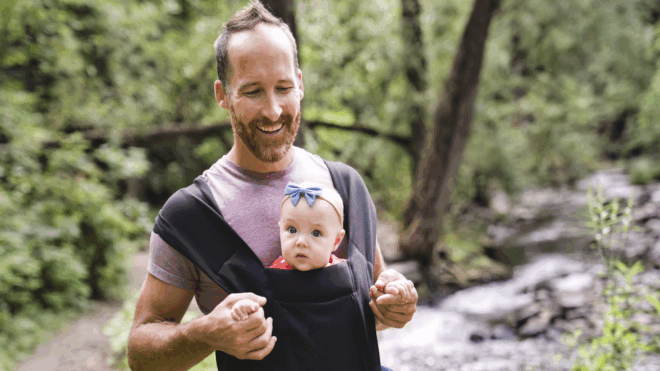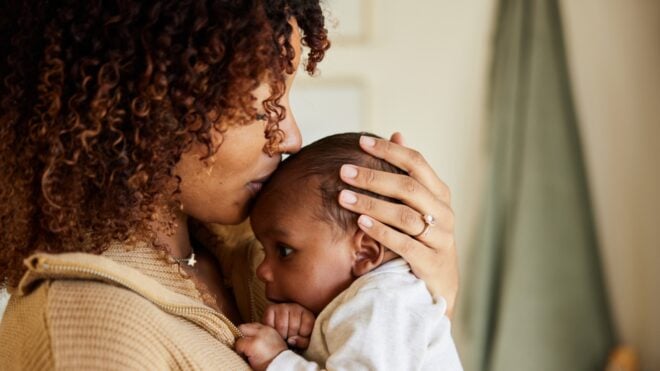Emperor Penguin
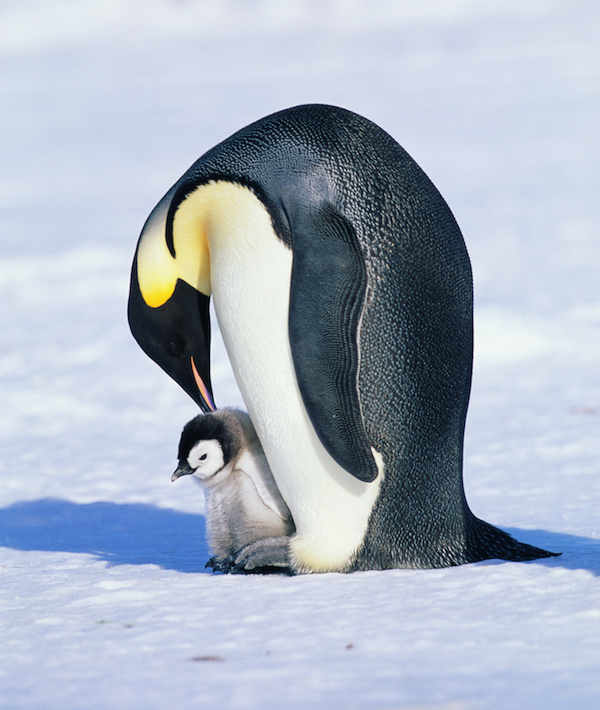
The Emperor penguin goes above and beyond for his offspring. The male keeps the egg warm by carrying it on his feet in subzero weather for months at a time while the female goes on a trek to find food. The males often huddle together for warmth, each with an egg on their feet. Despite not eating for months, the male keeps the chick fed once it's hatched until the female penguins return with food.
Golden Jackal
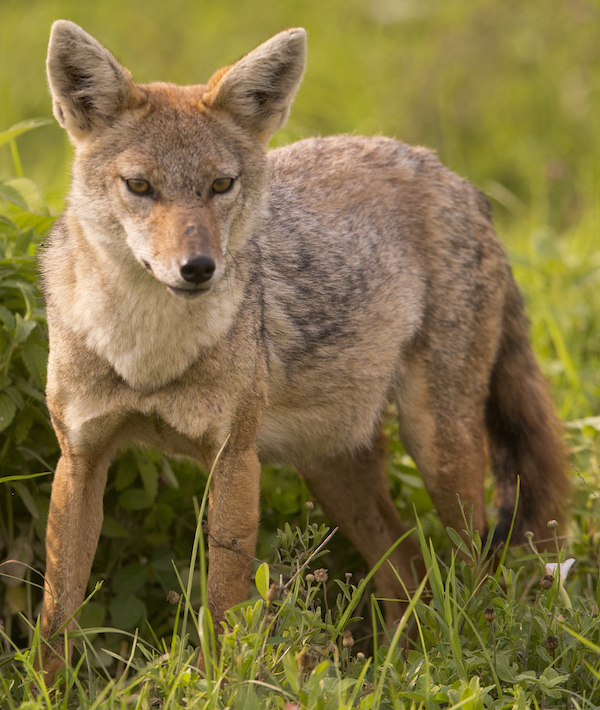
The golden jackal is one of the rare creatures who mate for life. The male stays loyal to the female. When the mated pair do reproduce, the male helps to feed their kids with regurgitated food. Gross, but nice!
Rhea
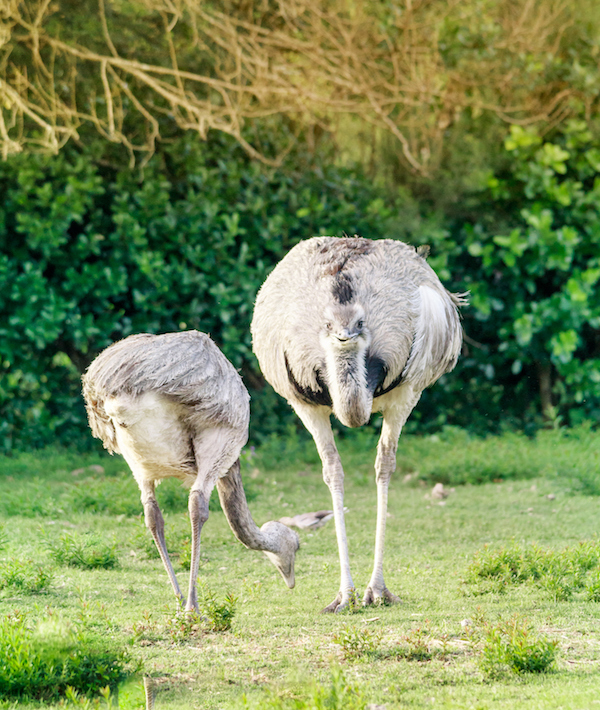
Native to South America, the male rhea takes on child rearing himself. The female leaves her eggs with the male after mating and goes to find other sexual partners . The male then incubates up to 60 eggs at a time for a period of two months. He does all of that with only two weeks' worth of food! The male then raises the chicks by himself for two years, staying very protective of them, even from other rheas.
Jacana
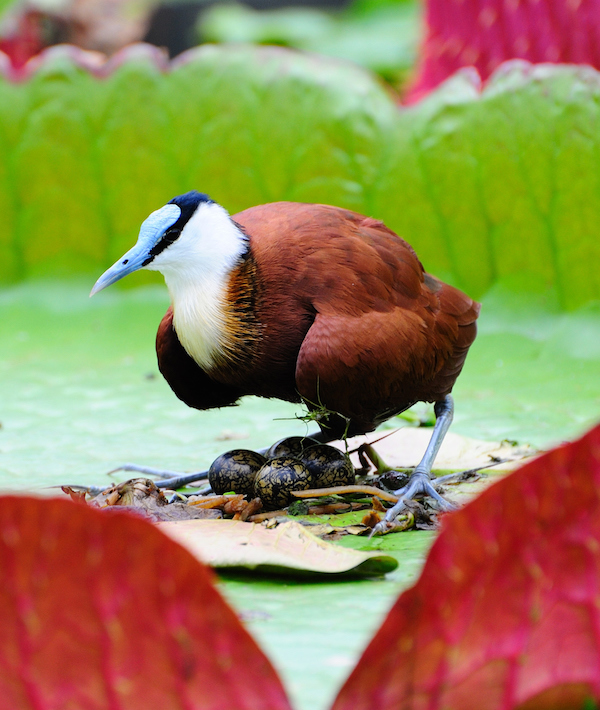
The jacana, also called the "lily trotter" because of its ability to balance on lilies, is another stellar dad. After mating, the female jacana leaves to mate with other jacanas. The male takes care of the eggs, protecting them from the mother trying to return. The female jacanas are known to smash their own eggs!
Red Fox
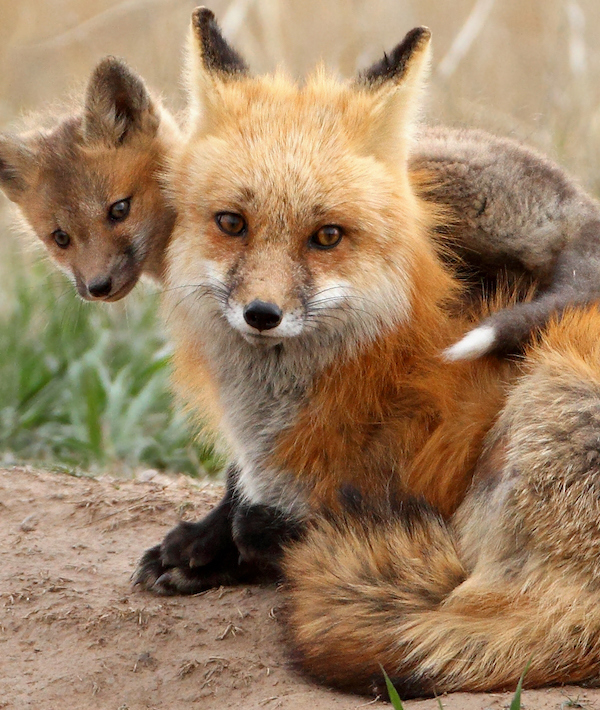
Male red foxes enjoy spending time and playing with their kits. The male feeds them every day, bringing food directly to the den for the female and the kits. However, once the kits are around three months old, the male stops bringing them food. He buries food closely outside the den to encourage the kits to use their nose and sniff out their meal.
African Wild Dog
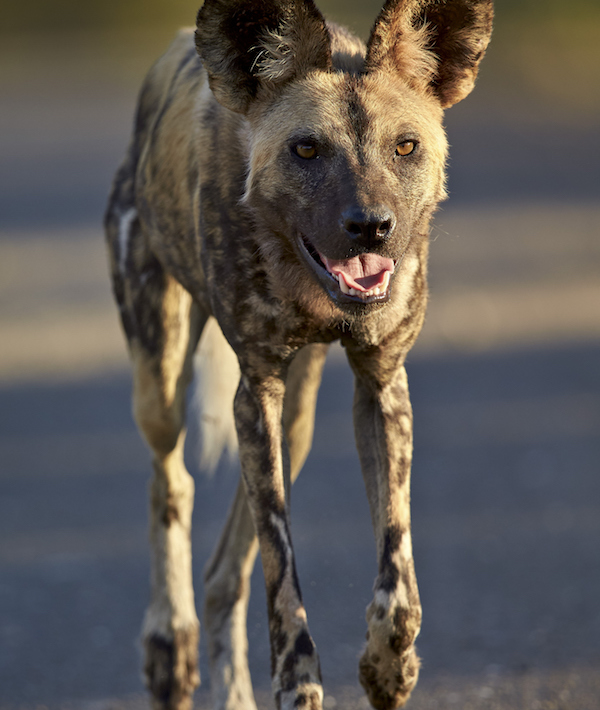
The African wild dog is another dad who makes it his personal mission to ensure that his pups are fed. While they are young, they are unable to digest solid food. The male swallows their food and regurgitates it for the pups to eat, so that it is softer on their digestive tract. He keeps close tabs on them, ensuring that they stay close to home and protecting them from outer threats.
Golden Lion Tamarin
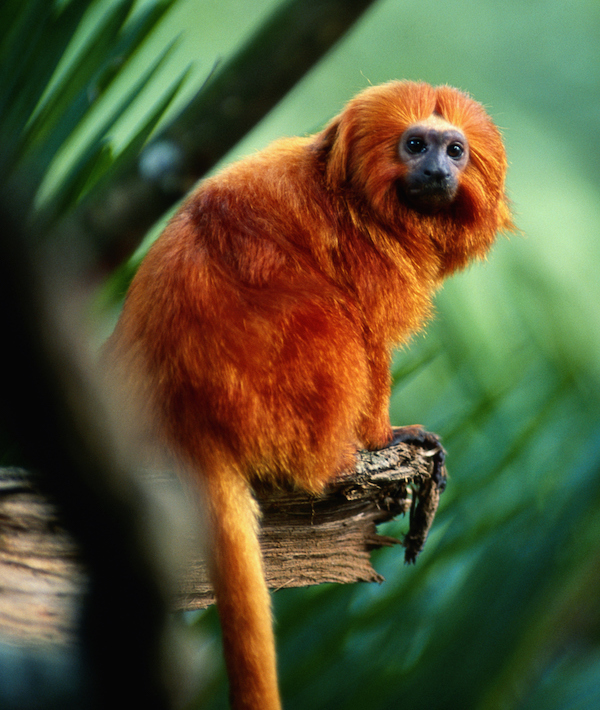
Baby golden lion tamarins have it made when they are born. The male carries them on his back all day, every day until they are around 6 weeks old. The female takes the babies one at a time, for about 15 minutes each, to feed them and then hands them right back to the male when she's finished. Once they are old enough to eat on their own, the male peels and mashes up bananas to feed to them.
Wolf
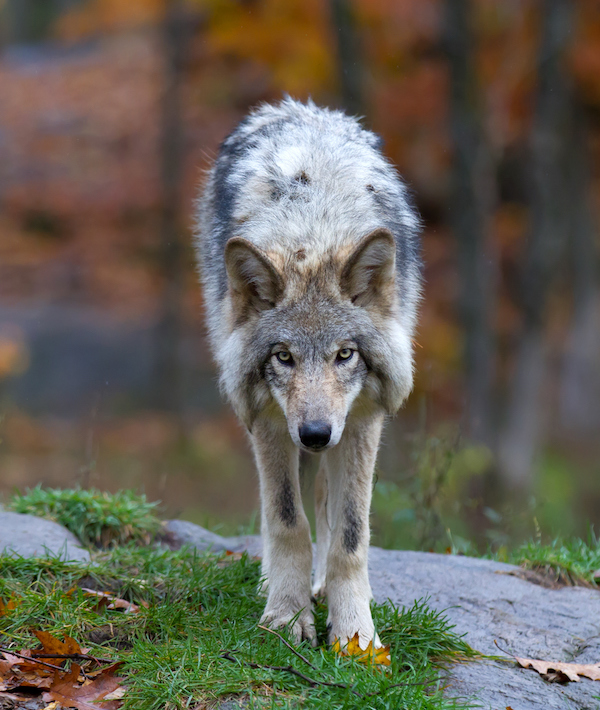
Male wolves are monogamous and stay with their partners for life. While the female stays in their den with their newly born pups for several weeks, the male goes on long hunts to bring back food for everyone. He also guards the den, ensuring that no threats can endanger his partner and their offspring.
Flamingo
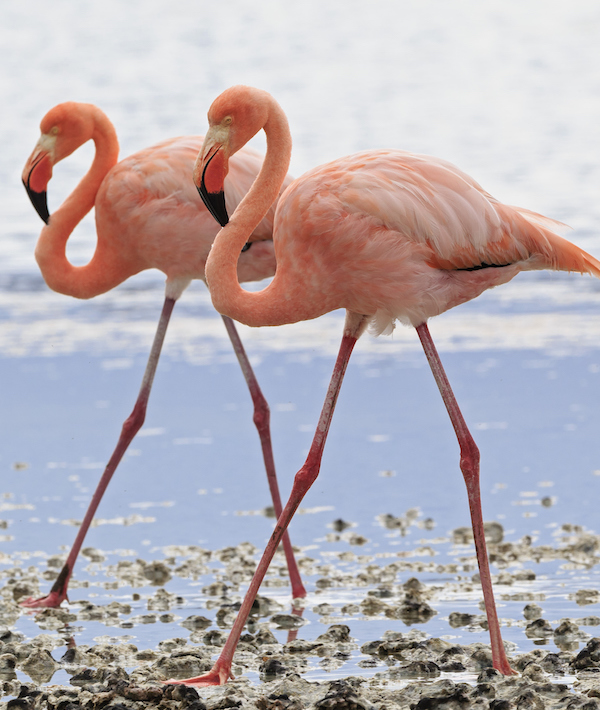
Flamingoes mate for life and are truly partners in everything. When the female is pregnant, the male helps her to build a nest out of mud. Once she has laid the egg, the male shares incubation duties equally with the female. They take turns sitting on the egg and raise their offspring together once it is hatched.
Gorilla
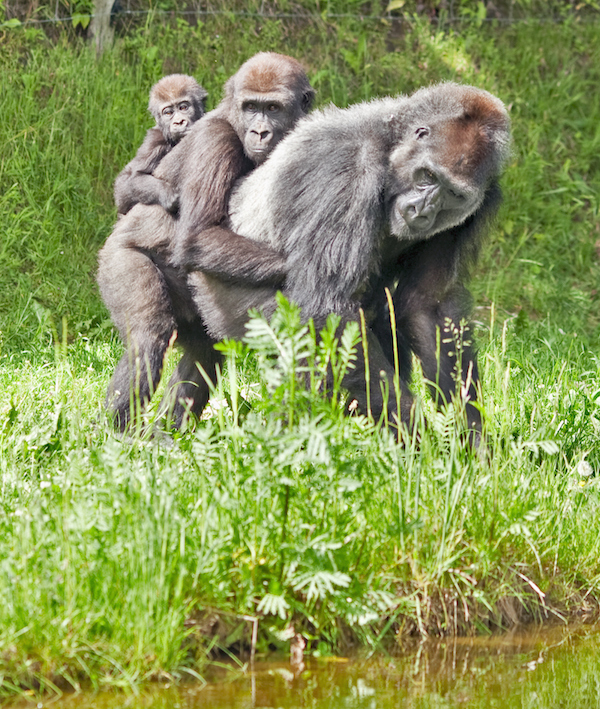
A male gorilla can lead a troop as large as 30 gorillas at a time. He is responsible for finding food for all of them, which amounts to about 50 pounds a day! The male is very protective of his offspring, providing sustenance and security for them. He fends off attacks from other male gorillas that are trying to take over the troop by snatching the babies. He also takes time to play with them when they are safe.
Marmoset
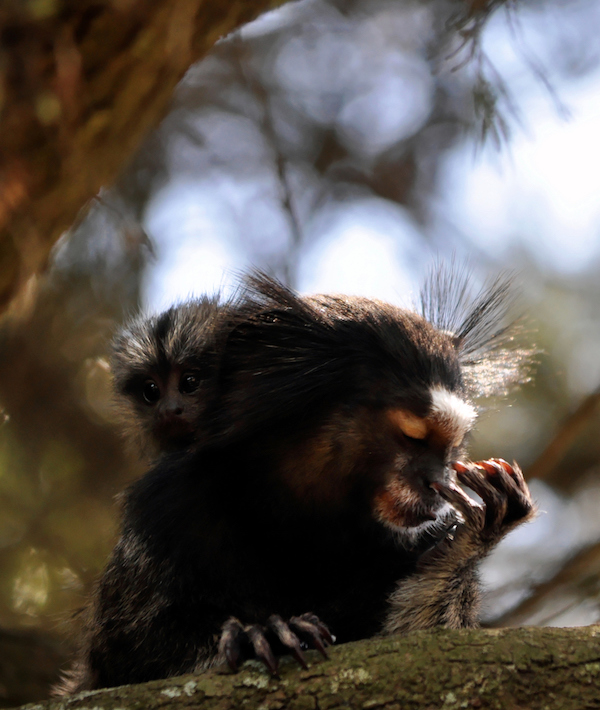
The male marmoset actually acts as midwife while the female gives birth to their babies. The male takes on a very active role while the female loses interest. He feeds and grooms them while also transporting them around on his back.
Seahorse
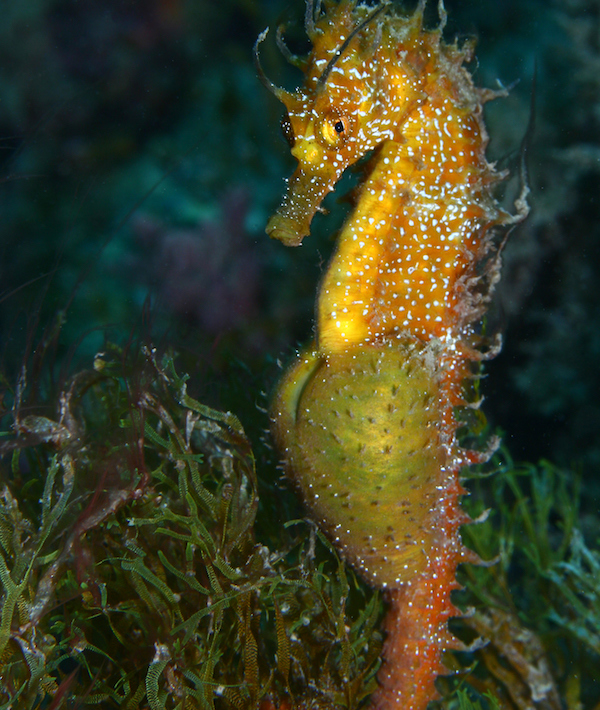
After mating, the female seahorse actually lays her eggs INSIDE the male! He then carries them to term, fertilizing the eggs inside his body. The male seahorse can carry up to 1,000 eggs at a time. Talk about a giant brood!
Darwin's Frog
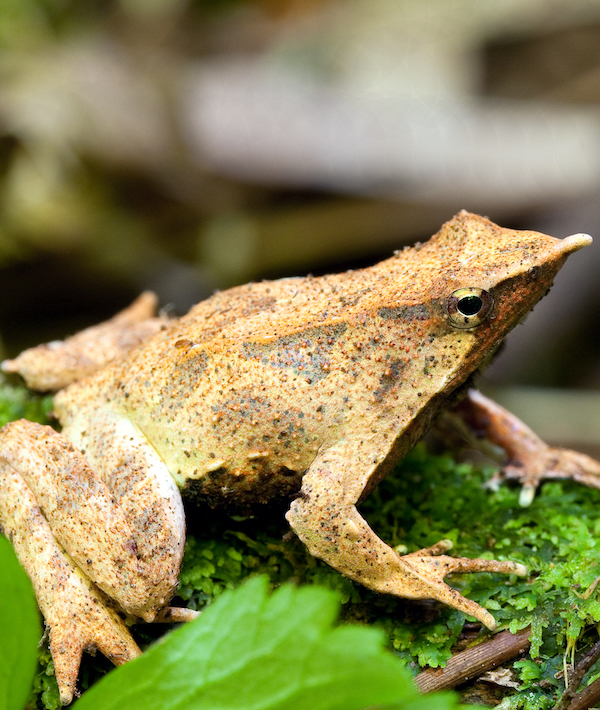
Darwin's frog takes parenting to a whole new level. The male actually swallows the eggs and keeps them inside his vocal sac for six weeks. When it's time for those eggs to hatch, the male essentially throws them up. Yuck! Now, that's one committed dad.
Great Horned Owl
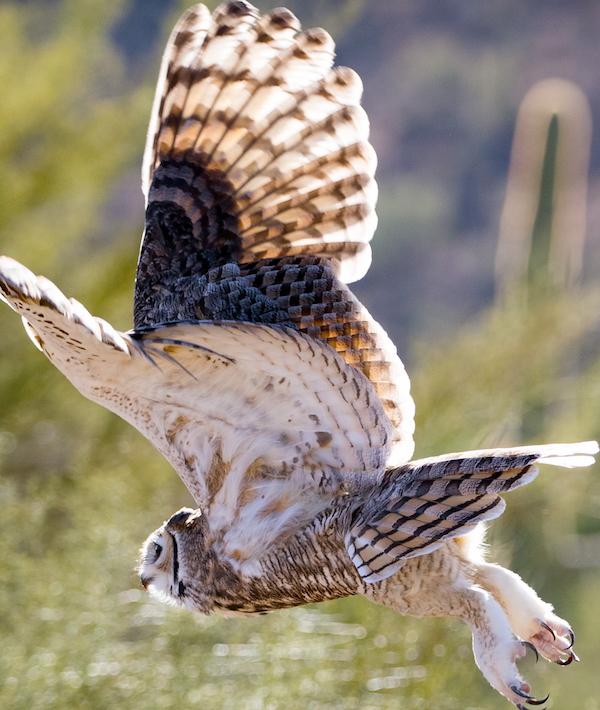
The great horned owl pulls double duty when it comes to feeding his family. After laying her eggs, the female has to constantly stay in the nest, keeping them warm and preventing them from freezing. The male goes out to hunt and bring food back for an owl that is 25 percent bigger than he is, as well as keeping himself fed. Once the eggs are hatched, he has to provide food for all of the chicks as well. After about a month, the female is able to leave the nest and help with the hunting.
Giant Water Bug
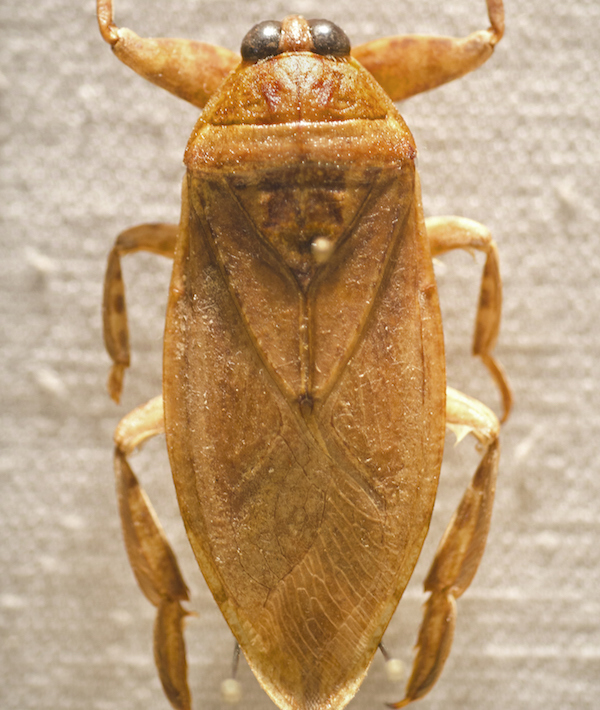
The Japanese giant water bug really steps up when it's pregnancy time. The female can lay up to 150 eggs, all of which get cemented onto the male's back. He then carries them around for a week on his back before they begin to hatch.

